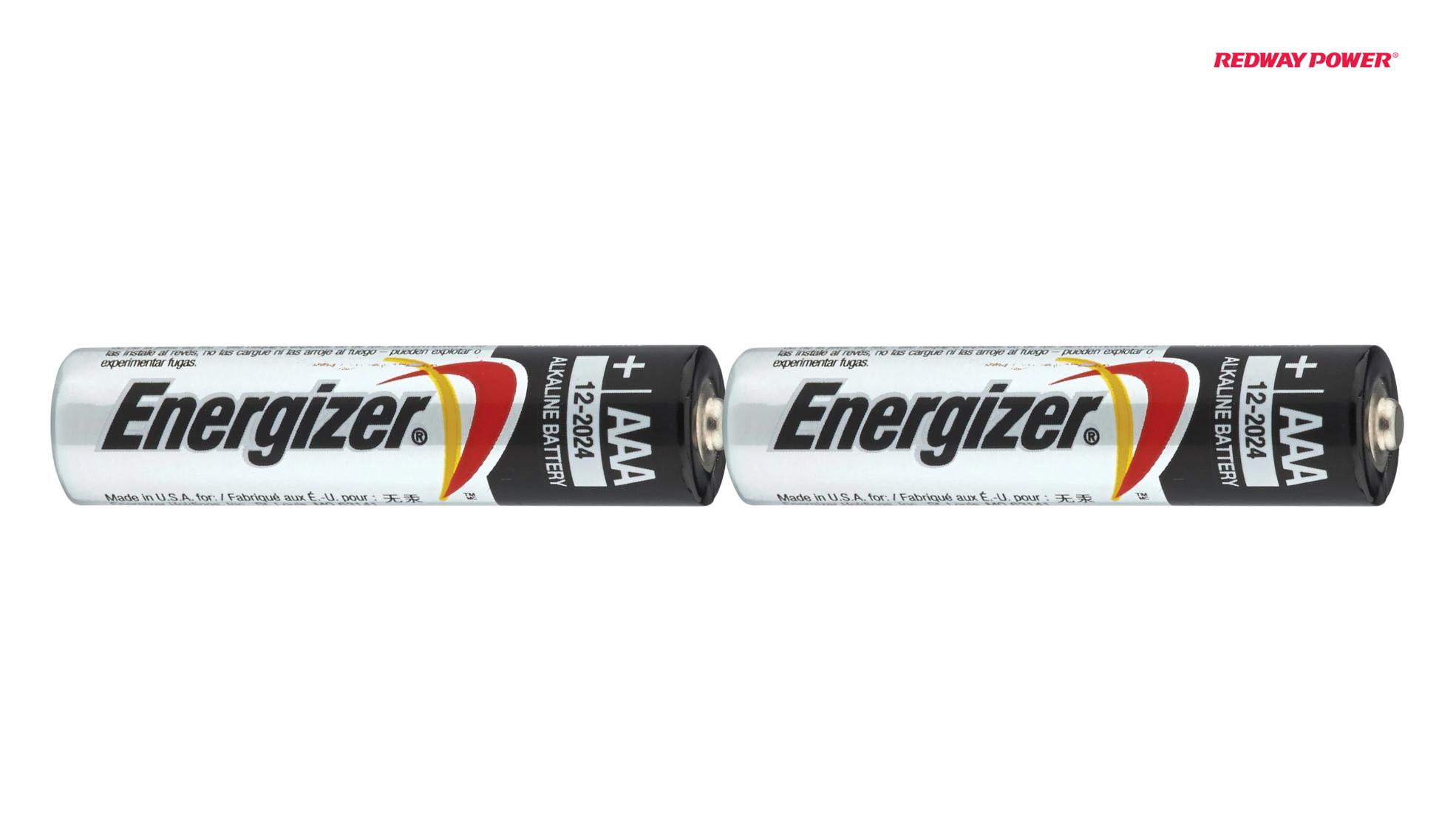What Is The AAA Battery Equivalent?
The AAA battery equivalent varies by application but can include various rechargeable options like NiMH or lithium-ion cells designed to fit devices requiring standard AAA sizes.
When it comes to selecting the appropriate replacement for an AAA battery, the equivalent options can vary significantly depending on the application and device. Understanding these equivalents ensures the longevity and efficiency of your devices, preventing potential damage from incompatible power sources. Some of the most commonly used equivalents for AAA batteries include LR03, AM4, MN2400, and E92. This article delves into each equivalent type, exploring their specifications and suitable applications.
Understanding Battery Equivalents
LR03 Batteries
LR03 is one of the standard equivalents for AAA batteries. It is widely recognized for its alkaline chemistry, providing reliable power for a variety of devices. Alkaline batteries like LR03 are known for their long shelf life and consistent performance. They are ideal for devices that require moderate energy consumption, such as remote controls, flashlights, and wireless mice.
Specifications:
- Voltage: 1.5V
- Capacity: Typically around 1200mAh
- Chemistry: Alkaline
- Shelf Life: Up to 5 years
AM4 Batteries
The AM4 designation is another common equivalent to the AAA battery. This type also utilizes alkaline technology and is interchangeable with both AAA and LR03 batteries. AM4 batteries are prevalent in household devices, ensuring that your gadgets remain operational without frequent battery changes.
Specifications:
- Voltage: 1.5V
- Capacity: Approximately 1150mAh
- Chemistry: Alkaline
- Shelf Life: Up to 5 years
MN2400 Batteries
MN2400 batteries are part of the Duracell brand’s offering, known for their reliability and performance. These batteries are particularly suitable for high-drain devices that require a consistent power supply over time, such as digital cameras and portable game consoles.
Specifications:
- Voltage: 1.5V
- Capacity: Around 1200mAh
- Chemistry: Alkaline
- Shelf Life: Up to 7 years
E92 Batteries
The E92 battery is another alkaline option, often found in various branded products. Its durability and reliability make it a favorite for many consumers looking for a dependable power source for their electronic devices.
Specifications:
- Voltage: 1.5V
- Capacity: Roughly 1200mAh
- Chemistry: Alkaline
- Shelf Life: Up to 7 years
Applications and Device Compatibility
Choosing the right AAA battery equivalent is crucial for the optimal performance of your devices. Below are some common applications for these equivalents:
Remote Controls
Remote controls for televisions, air conditioners, and other household electronics typically require low to moderate power. LR03 and AM4 batteries are perfect choices due to their consistent performance and long shelf life.
Flashlights
Flashlights, especially those with LED bulbs, benefit from the steady power provided by MN2400 and E92 batteries. These equivalents ensure that the flashlight remains bright and operational for extended periods.
Wireless Mice and Keyboards
Wireless mice and keyboards are essential for many workspaces. LR03 and AM4 batteries are suitable for these devices, providing the necessary power without frequent replacements.
Digital Cameras
Digital cameras, which often have high power demands, require batteries that can deliver a consistent energy supply. MN2400 batteries are ideal due to their high capacity and reliability, ensuring that the camera performs well during prolonged usage.
Portable Game Consoles
For portable game consoles, maintaining a stable power supply is essential to prevent interruptions during gameplay. E92 batteries are an excellent choice, offering durability and a steady voltage output.
Factors to Consider When Choosing an Equivalent
Voltage and Capacity
The voltage of the battery should match the device’s requirements to avoid potential damage. The capacity (measured in milliampere-hours, mAh) determines how long the battery will last before needing replacement.
Shelf Life
Consider the shelf life of the battery, especially if you plan to store spare batteries for future use. Batteries with longer shelf lives, such as the MN2400 and E92, are preferable for storage.
Chemistry
Most AAA equivalents are alkaline, but it’s essential to verify the chemistry to ensure compatibility with your device. Alkaline batteries are generally safe and reliable for a wide range of applications.
Environmental Impact and Disposal
Proper disposal of batteries is crucial to minimize environmental impact. Alkaline batteries like LR03, AM4, MN2400, and E92 should be disposed of according to local regulations. Many communities offer recycling programs for batteries to prevent hazardous materials from entering the environment.
Recycling Programs
Participating in battery recycling programs helps reduce environmental pollution. Check with local waste management authorities for information on how to dispose of or recycle your used batteries responsibly.
Conclusion
Understanding the various equivalents of AAA batteries, such as LR03, AM4, MN2400, and E92, is essential for selecting the right power source for your devices. By considering factors like voltage, capacity, shelf life, and chemistry, you can ensure that your gadgets perform optimally and remain reliable. Remember to dispose of used batteries properly to contribute to environmental conservation. With this knowledge, you can confidently choose the appropriate AAA battery equivalent for any application, ensuring the longevity and efficiency of your electronic devices.

